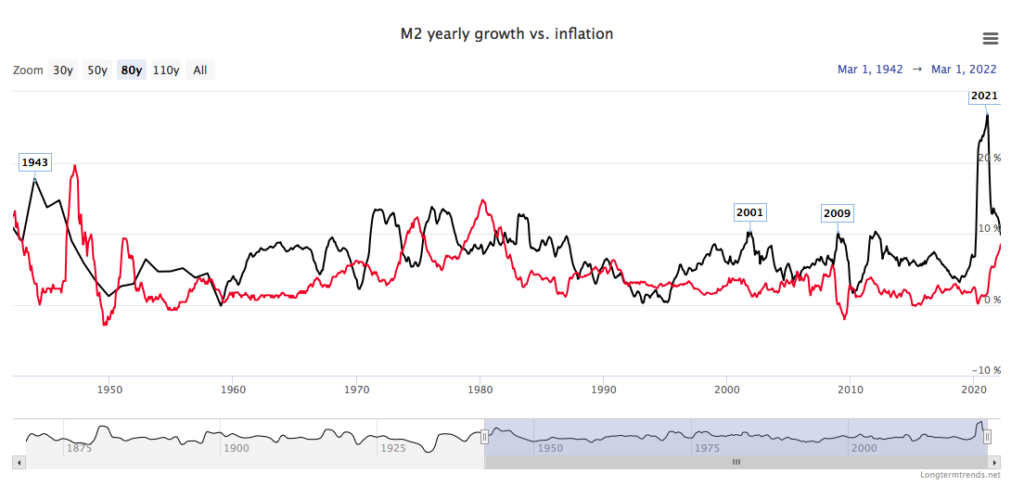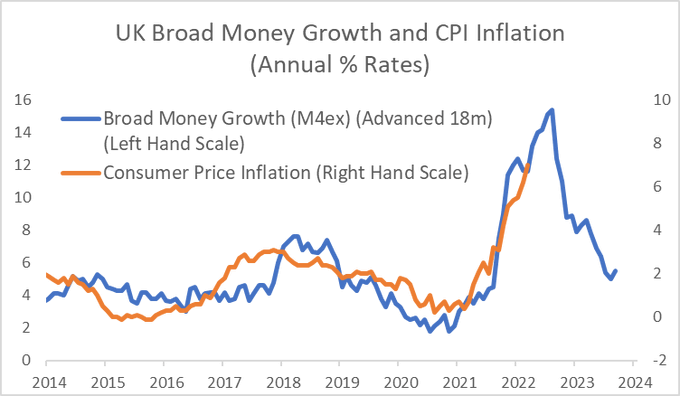Wind and solar energy are inherently inefficient ways of generating electricity. They are low density, which means they require vast amounts of capital to produce and transmit the same amount of electricity as traditional power stations. Plus, they are intermittent, so investment and staffing of parallel generating capacity are needed to keep the lights on. Wind and solar might reduce emissions of carbon dioxide – much depends on the parallel capacity running in the background – but this is not cost free. Growing crops to turn into biofuels is also highly inefficient, as is shipping wood pellets across the Atlantic to exploit a carbon accounting loophole that zero-rates their emissions. None of these things boosts productivity and raises living standards. All of them stunt the economy’s growth potential.
|
|||||
|
Reported a few minutes ago by the Times of India: Breaking News Live: Sri Lanka President Gotabaya Rajapaksa flees as protesters storm residence The mob breaking into his palace does not necessarily mean that a president becomes an ex-president. But that’s the way to bet. Other leaders might like to note how this came about: What a difference a year makes: the green dream dies in Sri Lanka UPDATE: Some reports say that (now almost certainly ex-) president Rajapaksa has been seen at Colombo airport. Meanwhile, fancy a dip in the presidential pool? My Twitter is full of people angry about the insane cost of living increases while my LinkedIn is full of nerdy middle class engineers in safe, white collar jobs excitedly praising net zero policies and their role in building a “sustainable” future. A few years ago, Tom Bergin, a journalist for Reuters, wrote a book challenging several ideas, such as supply-side economics. In a nutshell, the book criticised the idea that people respond to economic incentives in a linear fashion. It does not dismiss the role of incentives entirely but does generally poo-pooh the idea. Bergin appears to have a generally left-liberal political bent. For all that, the book is well worth reading because he attempts to back up his claims with a lot of figures, although it is worth noting that there are studies that don’t support his case. See an example also here. And in a new article from the Wall Street Journal, the paper notes how the exodus of US citizens from high-tax states to low-tax states is now so pronounced that suggesting that people don’t respond to incentives is not just wrong, but a case of intellectual evasion:
Yes, that is what I am seeing.
Another example that I hear about as a barometer are U-Haul rates. It cost a lot more to go from California to, say, Tennessee than the other way around. If I order a U-Haul from San Francisco to Nashville, TN, on 8 July, the price I am quoted is $3,587. To go from Nashville back to what has been dubbed “San Fransicko”, and on the same date, it is $1,913. Okay, I hear you cry, there may be other factors. Well, there may be reasons why people are so much keener to pay to go to the Smoky Mountain State from California, and that talking about taxes is so much evil neo-liberal ideology. But I am betting that taxes, which are after a cost, do have a bearing. It’s absolutely fine to increase the supply of money if the quantity of goods and services in your economy has increased too. Indeed, you have to do so in order to make it possible to buy and sell those extra goods and services. It all goes hideously wrong if you start increasing the money supply when the goods and services haven’t increased or even worse when they’ve actually diminished. Sound familiar? Got it in one. In 2020, the British Government, like many other governments, enacted a whole series of measures that started reducing the availability of goods and services and then started printing money (‘quantitative easing’) to compensate for the goods and services that weren’t being made. That meant more money standing for less in the way of goods and services. And it wasn’t alone – all over the world other governments dived headfirst into the abyss. We are nowhere near 1923, but we have certainly started down that road. “There is no winner to the victimhood Olympics,” – Vivek Ramaswamy, interviewed here by Texan Congressman Dan Crenshaw. Ramaswamy has founded a new investment business, Strive, that, shockingly, focuses more on building returns for investors than engaging in political positions. He is the author also of Woke Inc, an indictment of ideas that are hostile to free enterprise taking root in the boardroom. More power to this chap, I say. A few days ago, HSBC (which is listed in London and Hong Kong) suspended Stuart Kirk, head of responsible investing at the lender, because of how he scorned efforts by regulators to exaggerate the financial and market impact of Man-made global warming. He gave a presentation, “Why investors need not worry about climate risk”, and this seems to have ruffled a few feathers at the bank. (Here is a link to his presentation.) As the Wall Street Journal comments:
But then of course scoring virtue points about climate change is so much easier than not printing lots of money and trying to control inflation, I suppose. By the way, I love Mr Kirk’s business title, “head of responsible investing”. As opposed to what, “head of irresponsible investing”, or “lazy investing” or “immoral investing”? There appears to have been quite a bit of pushback, and I am thinking of ordering some popcorn. Standard Chartered chief Bill Winters is reported to have said that all should be free to “speak their mind” on environmental issues, even if executives disagree with them. (Standard Chartered, which is listed in the UK, makes much of its money in places such as Asia.) And here’s another point: both HSBC and Standard Chartered, given the importance of Asia to their earnings, in 2020 backed Beijing’s imposition of a national security law in Hong Kong, designed to crush democratic opposition to moves around ending Hong Kong’s independence in legal terms under the agreement signed with the UK. Both these banks make much of their environmental, social and governance (ESG) credentials. Where does their defence of China’s bullying of Hong Kong leave their “social” or “governance” credentials, may I ask? ESG is now a corporate religion in the industry that I report on. It is impossible to seriously criticise it, it seems, without endangering one’s career. That said, I think the hypocrisies and cognitive dissonance involved is showing strains. HSBC may regret suspending a man for telling what is essentially the truth. He is right that there is a lot of self-serving nonsense around ESG and that some people are making a fat living out of it. I hope Mr Kirk, if he is forced out, sues the pants off the bank. The aforementioned WSJ article notes:
“A majority of Americans want companies to stay out of politics. They want to have a separate space for where they shop, where they work, and where they invest from the places where they cast their ballots or engage in their political debates.” – Vivek Ramaswamy, a young businessman and author of Woke Inc. He is critical of the current trend of firms, and asset managers such as BlackRock, seemingly putting non-financial goals before those to do with actually earning a return for investors.
As a supplement to Johnathan’s post. A couple of points:
Update 10/5/22. As Douglas2 points out this is a graph for the US. Ugh. Luckily TomJ has found a graph for the UK which looks like this: This is very similar so long as you are aware that the blue line has been moved 18 months to the right. It also suggests that this bout of inflation is likely to be short-lived. “If you decided to stop working for the better part of two years, and to maintain your income solely through borrowing, you’d end up worse off. Almost everyone understands that on a personal level. But we struggle to extend the logic to the nation. During the lockdowns, the Government paid people not to produce things, and funded the difference by printing money. A decline in the production of real-world goods and services, combined with an increase in the number of pounds and pence in circulation, would mean inflation even without the Ukrainian conflict. Yet commentators and MPs who opposed every loosening of restrictions (including Starmer) now talk about the cost of living crisis as if it were some wanton act of ministerial sadism.” – Daniel Hannan, Sunday Telegraph (£) The problem in my view is that on economics, or indeed on certain other topics where people need to understand cause and effect, the education system in this country, and indeed much of our culture, is against an understanding of cause/effect beyond the concrete experiences of daily life. People seem unable to think in terms of concepts. The question is whether there are sufficient people to point these links out between rising prices, poverty, and a policy of “work for nothing” paid for by printing money. Much hinges on making the case. |
|||||

All content on this website (including text, photographs, audio files, and any other original works), unless otherwise noted, is licensed under a Creative Commons License. |
|||||




